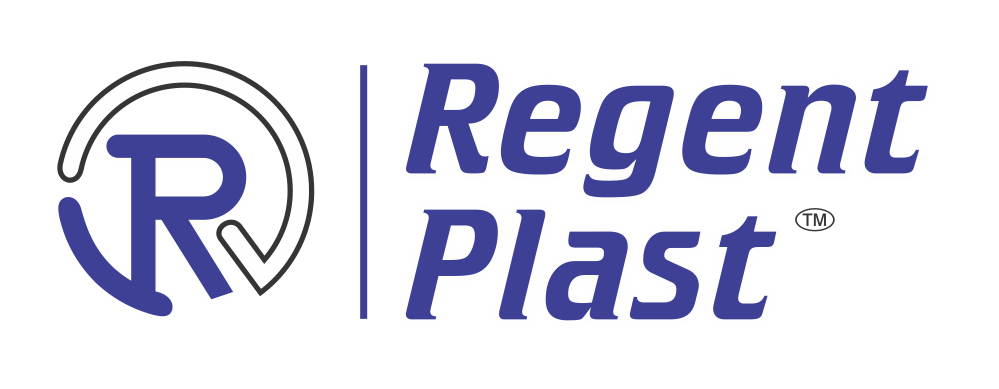The commitment to achieving sustainable packaging goals by 2025 has been made by many consumer packaged goods (CPG) companies, reflecting their dedication to reducing environmental impact. However, various challenges have impeded these efforts, and addressing them has proven crucial for success. This blog explores the top five challenges faced by CPGs, providing insights into strategies and solutions.
1. Limited Availability of Sustainable Raw Materials
The availability of sustainable materials has often been a bottleneck in packaging innovation. The demand for recyclable or biodegradable materials continues to surpass the supply, creating intense competition in the market.
- Sustainable alternatives, such as bio-based plastics, are in limited production.
- Cost and scalability have restricted smaller players from accessing these resources.
- To bridge the gap, CPG, recyclers are partnering with bottle and container suppliers like Regent Plast, specializing in sustainable plastic bottle manufacturing.
Such constraints make the switch to greener materials challenging, especially when high-quality and durable options are required.
2. Recycling Infrastructure Deficiencies
Global recycling rates remain inconsistent due to inadequate infrastructure, especially in developing countries.
- Recycling facilities often lack the capacity to process clean materials like HDPE for which multi-layer technology to accept recycled polymers (PCR) is required.
- Non-standardized collection systems hinder efficient processing.
- A lack of awareness among consumers about segregating waste adds complexity.
For companies relying on advanced materials, collaborations with HDPE bottle manufacturers and local recyclers are being explored to improve collection and processing networks.
3. High Costs of Transition
Shifting from traditional to sustainable packaging is associated with significant costs. These expenses include:
- Research and development (R&D) for innovative packaging solutions.
- Re-tooling existing machinery for compatibility with newer materials.
- Absorbing increased material costs.
Despite these hurdles, CPG companies have sought affordable solutions by partnering with plastic bottle manufacturers that prioritize innovation, can provide a proven solution and ease the financial strain of paying a premium for recycled polymers. Regent Plast is deploying state of an art multi-cavity blow moulding machine to manufacture bottles in high quantities and reduce the manufacturing cost, and to some extent, off-set the cost of recycled polymers.
4. Regulatory Hurdles and Compliance
Governments worldwide have enacted regulations to curb single-use plastics and promote sustainable practices. However, these policies vary widely by region, creating challenges for global CPG companies.
- Diverging standards for material recyclability in different markets.
- Conflicting requirements for labeling, material composition, and waste management protocols.
- Rising compliance costs in emerging markets.
Collaborating with specialized plastic packaging suppliers such as Regent Plast, which ensures compliance with local and international standards, has been identified as an effective strategy.
5. Consumer Behavior and Perception
Consumer preferences significantly influence packaging decisions, yet educating consumers about sustainability remains a challenge.
- Misunderstandings around recyclable versus compostable materials create confusion.
- Perceived inferior quality of eco-friendly packaging deters adoption.
- Price sensitivity often leads consumers to prefer conventional packaging.
CPGs have responded by offering recyclable options like bottles made out of recycled plastics/ ocean plastics that align with both sustainability goals and consumer expectations. Related Article: Why Recyclable Bottles & Containers are in demand?
Brands Leading and Lagging in Sustainable Packaging Goals
Brands Making Strides:
- Unilever: The company has committed to halving its use of virgin plastics and achieved significant milestones in recycled content packaging.
- Nestlé: Launched a $2 billion fund to invest in sustainable packaging innovation.
- Coca-Cola: Progressed toward its “World Without Waste” goal, aiming to collect and recycle one bottle for every one sold by 2030.
Steps to Address These Challenges
To tackle these issues, companies can adopt these strategies:
- Partnering with sustainable packaging experts, such as HDPE Bottle and HDPE Container manufacturers, for innovative and cost-effective strategies.
- Strengthening recycling partnerships and investing in closed-loop systems.
- Adopting materials like recycled HDPE made out of Post Consumer Recycled Waste (PCR), which are durable, recyclable, and cost-effective.
- Educating consumers about proper disposal and eco-conscious choices.
- Leveraging government incentives and subsidies for sustainable transitions.
Why Partner with Regent Plast?
Regent Plast has been at the forefront of providing solutions for sustainable packaging needs. By offering a wide range of eco-friendly products, including custom HDPE bottles and recyclable designs, the company has become a trusted name in the industry. CPGs seeking reliable suppliers for recycled plastic bottles near me and plastic bottle manufacturing can benefit from their expertise in producing high-quality, environmentally friendly packaging solutions.
As the sustainability deadline of 2025 approaches, Regent Plast emerges as a key ally for CPGs striving to meet their goals. Offering innovative and eco-friendly packaging options, Regent Plast ensures compliance with global standards without compromising on quality or affordability. With a proven track record in custom HDPE bottles and other sustainable solutions, Regent Plast empowers businesses to build a greener future.

